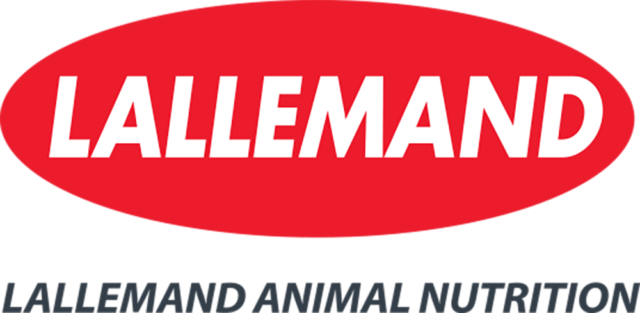Silage is a critical feed for livestock, especially ruminants like dairy cattle. This high-quality feed is created by harvesting crops like corn, sorghum, cereals, alfalfa and grass and storing them in a manner that allows them to ferment and maintain their quality. The chop length of the crops is a crucial factor in producing top-quality silage and can greatly affect the nutritional value of the silage.
The length of chop refers to the size of the pieces into which crops are cut before they are turned into silage. Crops with higher moisture content may require longer chop lengths to prevent leakage during storage. The chop should be fine enough to allow for dense packing and promote a good fermentation process. However, it should also be long enough to encourage cud chewing. This has posed an interesting challenge for researchers, leading to further questions.
When looking at corn chop lengths, short-chopped corn silage has lengths of 3.5 to 12 millimeters (1/8- to 1/2-inch); many of these lengths are utilized in biogas facilities and for European dairies that feed very long grass from silage bales or loader wagons. This style of chop consumes more fuel per ton and has a higher wear rate on knives and shear bars. The standard for many years has been the “classic” chopped silage, which is from 12 to 20 millimeters (1/2- to 3/4-inch) in length. The target dry matter (DM) for corn silage is 34%, with an ideal range of 32% to 36% DM, and a realistic range of 30% to 38% DM at harvest. However, there have been several studies looking at long-chop length as an alternative.
Over the past decade, American dairy nutritionists have developed a feed conditioning process that is gaining popularity. This process involves cutting silage into even longer lengths than traditional methods, ranging from 21 to 30 millimeters (7/8- to 1 3/16-inch), and then using a special processor to further condition the chopped material, including the stalk. Shredlage, a patented processor, uses rollers with counter-directional helical grooves that completely chop up the cob fragments and thoroughly crush the kernels. Additionally, the stalk fragments are shredded into strings and peeled, thanks to the rollers’ special surface. This intensive processing increases the surface area of the chopped material, leading to improved bacterial fermentation during ensiling and digestion in cows’ rumens. The highly processed, long-cut corn silage also has the added benefit of packing more densely than traditional long-cut silage. Think of it as trying to pack longer flat paper (long, thin processed stalks) versus trying to pack crinkled paper (short but more round stalks) up in a ball.
In 2012, the University of Wisconsin conducted trials demonstrating that shredlage can significantly enhance the physical effectiveness of corn silage in the rumen, as well as increasing the availability of starch in all parts of the plant. This led to a daily milk yield increase of up to 2.4 pounds per cow in the herds that were studied. Additionally, the silage’s structure was beneficial for the rumen, resulting in improved herd health.
Attention to equipment and equipment maintenance during harvest can also help producers achieve a better product. It is really important to have sharp knives to not only save fuel but have a clean cut and more capacity. Shear bar condition is even more important. A rounded shear bar will cause power loss, bad cut quality and faster worn knives. Several manufacturers now offer heavy-duty shear bars for this reason. Adjusting the feed roll spring to manufacturer specs is important for cut quality. One manufacturer has taken this to the next step with hydraulic cylinders instead of springs. The hydraulic tension works the same as hydraulic down force in corn planters; it takes the vibration out, leading to more consistent length of cut, less cab noise and better feeding. Bottom line, having consistent length of cut leads to better bunk density, better fermentation and less sorting at the bunk.
Manufacturers of equipment equipped with near-infrared reflectance spectroscopy (NIR) sensing technology use the dry matter information to automatically adjust the chop length of their foragers throughout the day as well as for the entire harvest. The NIR moisture sensor is highly accurate in measuring moisture, and the auto chop length provides proven results by adjusting the length of the cut based on moisture to give a consistent shaker box sample, which in turn helps with bunk density and less sorting at the feedbunk.
In conclusion, chop lengths and chop consistency play a crucial role in the quality of livestock feed. Therefore, it is important for producers to consider the chop length of their livestock feed to ensure optimal results. Dairy producers should carefully consider the type of crop being used and work with experts to determine the optimal chop length for their specific situation. With proper attention to chop length, producers can improve the quality and nutritional value of their silage and promote better animal health and productivity.











